The Korchan Ridge Trek is a relatively new and uncharted trek in the Annapurna, Machhapuchhre region. Korchan also called Korchon is a hill that rises 3682 meters above sea level. The Korchan trek entails climbing the Korchan ridge, which is located just south of Mt. Fishtail. From this excellent vantage point, one can see Mount Fishtail, Mardi Himal, and the Annapurna range in their entirety. Korchan Trekking allows for camping and the opportunity to witness spectacular sunrises and sunsets.
Due to the fact that the trek is still being developed and the location does not have any lodges or tea shops, camping is the only available option. It can, however, be a very ideal alternative for the more famous Khopra Ridge Trek, Poon Hill Trek, and Mardi Himal Trek.
Highlights of Korchan Trek
- Panoramic view of Annapurna Range, Fishtail, Mardi and more.
- Solitude of the trek; very less people frequent this trek, so you might even have the whole ridge to yourself.
- Experience of camping.
- Very easy to get to and short trek.
Details of Korchan Trek
| Name of the Trek | Korchan trek |
| Trekking Region | Annapurna region, Pokhara and Fistail |
| Trekking Difficulty | Moderate |
| Number of Days | 5 to 6 days |
| Maximum Elevation | 3682 meters |
| Accommodation | Only camping possible at Korchan ridge. Lodges and tea houses on the way. |
Short Itinerary for Korchan Trek
| Day | Activity | Altitude | Time |
| Day 1 | Arrival at Kathmandu | 1400m | – |
| Day 2 | Explore Kathmandu Valley and Preparation | 1400m | – |
| Day 3 | Drive to Pokhara | 822m | 7 hours drive |
| Day 4 | Drive to Hyanja and Trek to Reevan | 3300m | 4 hours trek |
| Day 5 | Trek from Ribhan to Khumai Dada | 3000m | 8 hours trek |
| Day 6 | Hike to Korchan Ridge Top, Explore and back to Khumai | 3682m | – |
| Day 7 | Trek to Dhiprang | 1440m | 6 hours trek |
| Day 8 | Trek to Ghachowk, Drive to Pokhara | 822m | 2 hours trek, 2 hours drive |
Detailed Itinerary of Korchan Trek
Day 1: Arrival in Kathmandu
After landing at Kathmandu’s Tribhuvan International Airport, you transfer to a hotel. The touristic district of the capital city is then explored as you stroll through Thamel, which is bustling at night.
Day 2: Kathmandu Valley Exploration
This day, you fully separate to visit the Kathmandu Valley, including Lalitpur and Bhaktapur. The valley has a lot to offer in terms of unique culture, as well as numerous sacred and historic locations. Among the most frequented locations that have a historical sense to them are Kathmandu Durbar Square, Patan Durbar Square, and Bhaktapur. Pashupatinath Temple, Bouddha, and Swayambhunath (Monkey Temple) are three other revered religious locations that attract a large number of tourists.
Day 3: Drive to Pokhara
You travel to Pokhara today, a stunning city 200 kilometers west of Kathmandu, over the course of 7-8 hours of driving. It’s a beautiful drive to Pokhara, with views of the Himalayas to your north and passing alongside perennial rivers. With magnificent views of the Himalayas and a city full of lakes, Phewa Lake, Begnas Lake, and Rupa Lake are the most notable and largest in that order, respectively, making Pokhara one of the most popular tourist destinations.
Day 4: Drive to Hemja and Walk to Ribhan (Reevan/Rivan)
After breakfast, you leave Pokhara and drive along the Seti River’s banks. Then you start to move in the direction of Ribhan village. On the other side of the Mardi river is the little settlement of Ribhan. A nearby cave with religious significance is Patikhola Cave, which you can also explore. Ribhan village is estimated to be 1360 meters above sea level.
Day 5: Trek from Ribhan to Khumai Dada
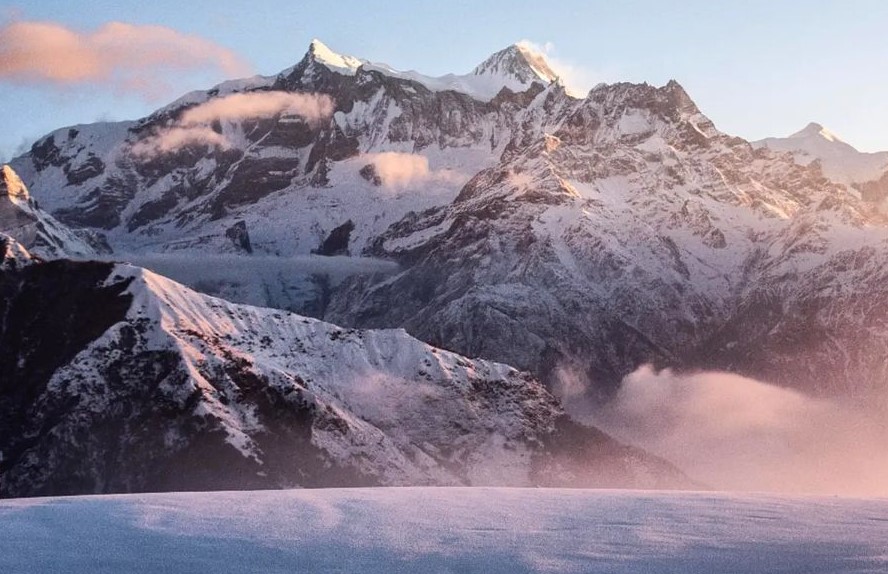
10 kilometers, or roughly, separate Ribhan from Khumai Dada, and can be traveled in a one day. To get to Khumai Dada, which is at an elevation of 3000 meters, you will have to travel a total of 1700–1800 meters. Stops along the route to Khumai include Helmet Dada, Tuse Deurali, Odane village, and Chimchimle. Additionally, there are numerous wide pastures with breathtaking mountain vistas that you traverse. Before reaching Khumai, the trail becomes extremely steep after a break and snack stop at Simre Kharka. The grassy Khumai Ridge, which offers breathtaking views in all directions, is where you set up camp.
Day 6: Hike to Korchan Ridge Top and Exploration
In order to see all the mountains in the first light of the day, you leave camp early and go up Korchan Top, 3682m. In Korchan, there are numerous camping areas. On this day, you move your tent from Khumai to the top of the Korchan ridge, where you may see both the sunrise and sunset. The famed Annapurna range, Mount Fishtail, and Mardi Himal are some of the most stunning mountains. The Mardi Himal East Trail and the route from Korchan Ridge converge here further ahead from Korchan.
Day 7: Trek to Dhiprang
We descend the main ridge once more before cutting down a side ridge to the Seti Khola valley past rhododendron forests, which in the spring add a burst of color to the scene. From Khumai to the town of Dhiprang, it takes roughly 14 kilometers of downhill walking. In Dhiprang, you have the option of camping or staying in one of the local accommodations. The Gurung, Magar, and Buddhist Tamang people live in the village of Dhiprang.
Day 8: Trek to Ghachowk, Drive to Pokhara
We travel to the village of Ghachowk by following the Seti Khola downstream. It may take 1.5 to 2 hours to walk the 3.6 kilometers from Dhiprang to Ghachowk. From Ghachowk, you can get to Pokhara via many modes of transportation. You should ideally book a room at a hotel on the lakeside in Pokhara. As an alternative to the Phewa Lake region, you might choose to stay in Begnas, which is much more serene and tranquil.
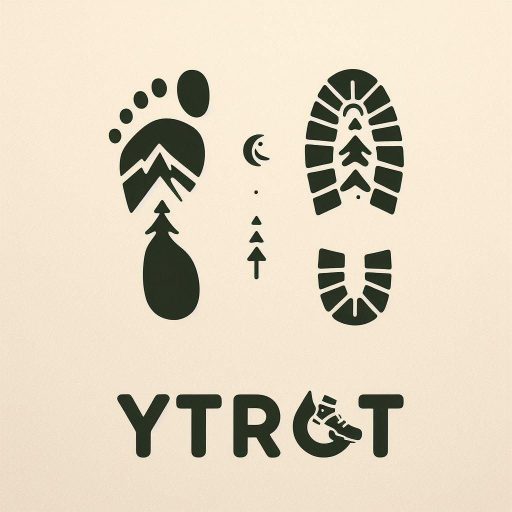
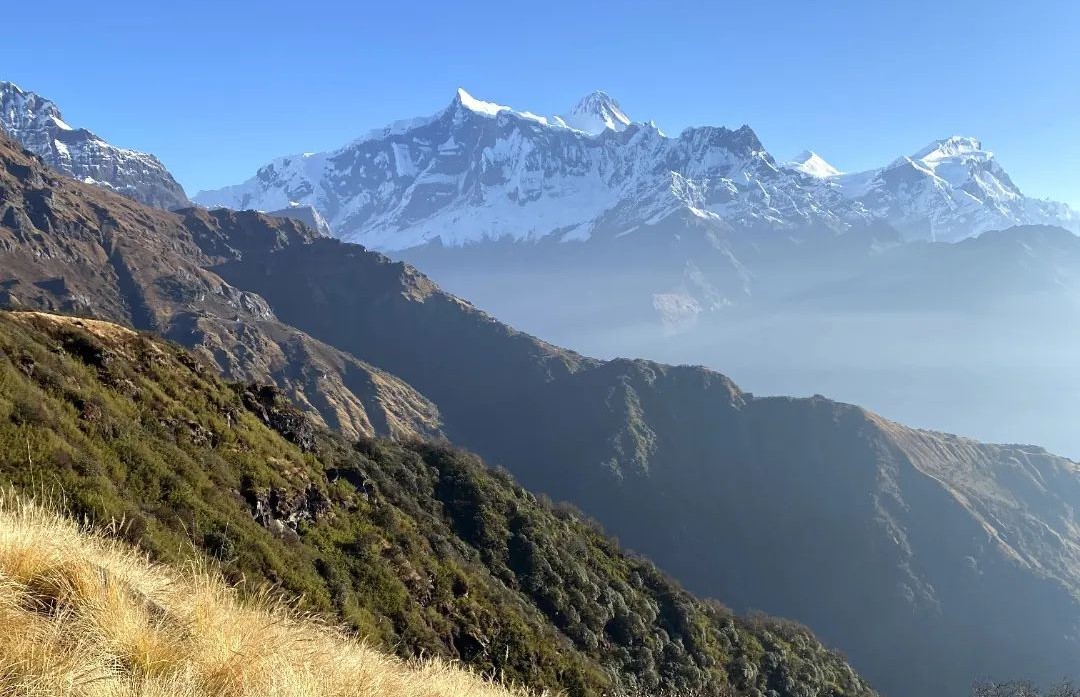
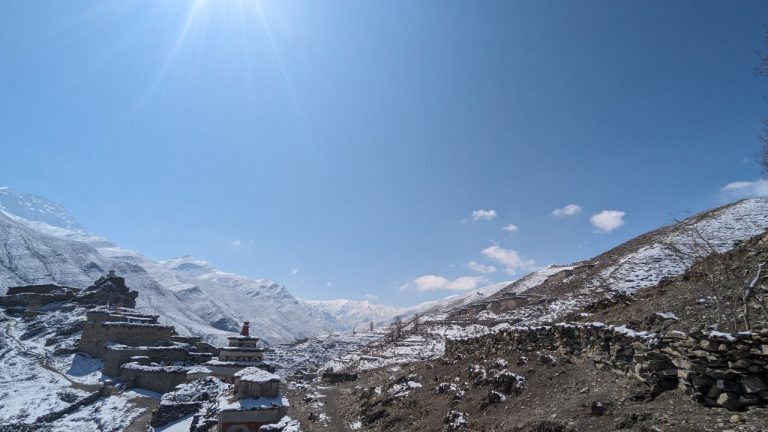
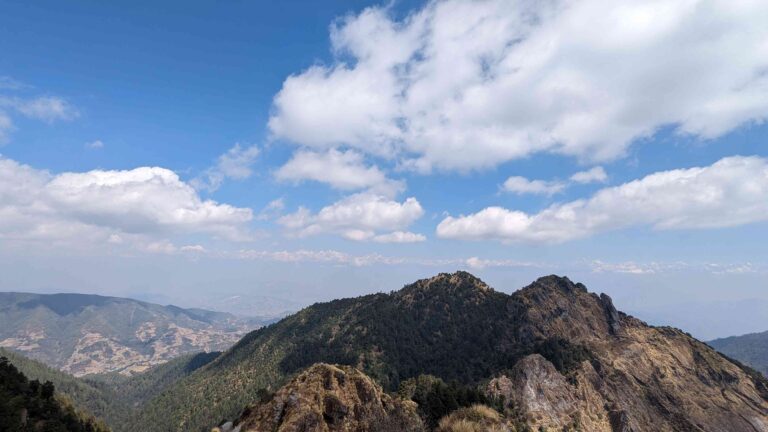
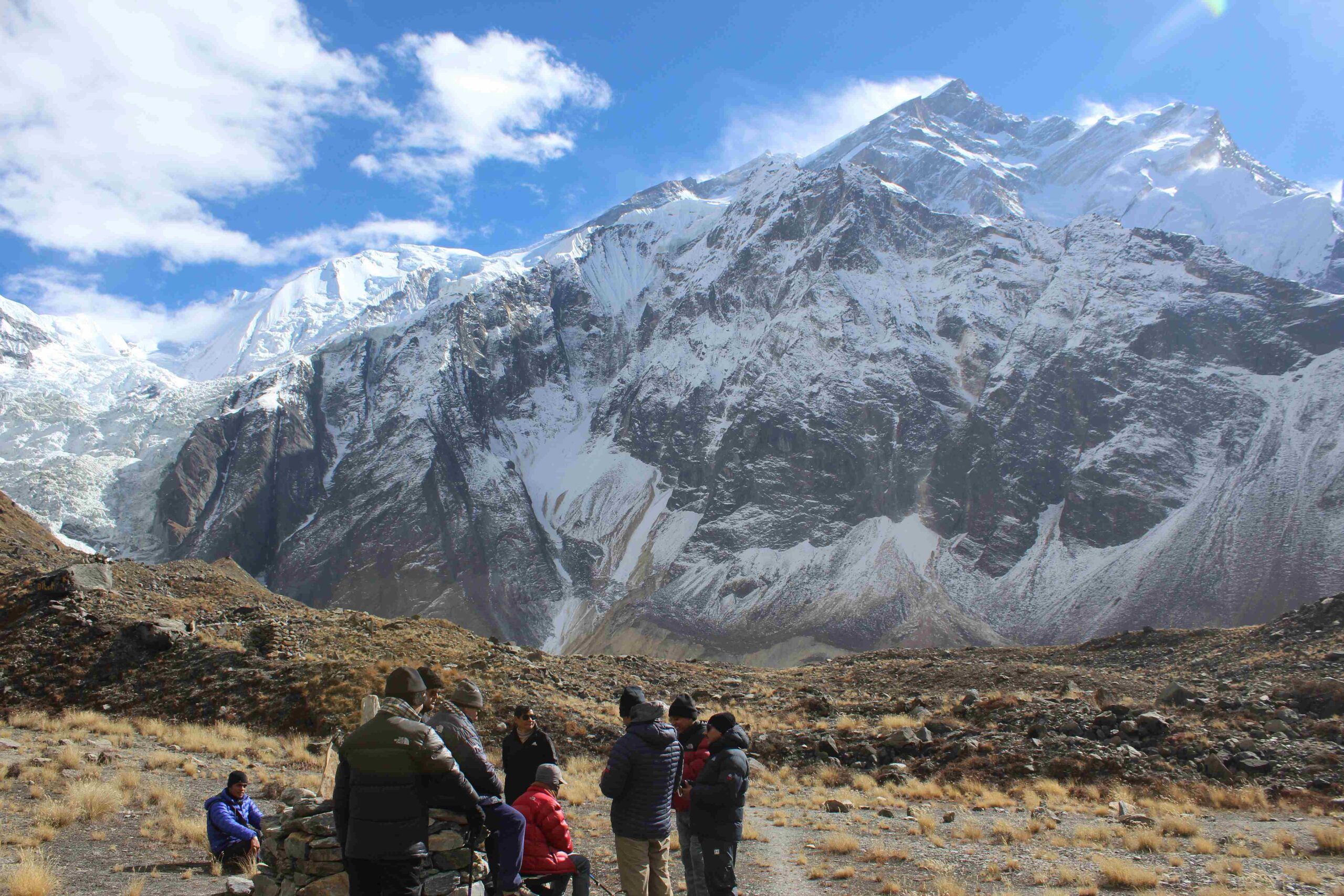
The Korchan Ridge Trek, situated in the Annapurna and Machhapuchhre region, is a relatively new and unexplored trekking route. Rising 3682 meters above sea level, Korchan, also known as Korchon, is a hill that one must climb to complete this trek. The ridge is situated just south of Mt. Fishtail, and from the top, trekkers can behold a panoramic view of the Annapurna range, Mardi Himal, and Mount Fishtail.
As the trek is still in the developmental phase, there are no lodges or tea shops available along the way. Hence, camping is the only option. However, this allows for a unique experience of witnessing spectacular sunrises and sunsets from the vantage point. Despite the lack of amenities, the Korchan Trekking route can be an excellent alternative to the more popular treks in the region, such as Khopra Ridge Trek, Poon Hill Trek, and Mardi Himal Trek.
The Korchan Ridge Trek, at 3,682 meters, offers panoramic views of the Annapurna range, Mardi Himal, and Mt. Fishtail. This new and less explored route requires camping, providing a unique alternative to popular treks like Khopra Ridge and Mardi Himal. Despite its undeveloped status, the trek promises stunning sunrises and sunsets.
Everest Panorama Trek has dependably been a standout among the most sought-after dreams in the life of explorers and experienced fans. The Everest area offers a few energizing and bold trekking endeavors to travelers. Along these lines, the primary inclination of the sightseers who come to visit Nepal is Everest locale trekking. Among various energizing and invigorating trekking in the Everest region, the Everest Panorama trek is a gentle climb into the lap of the mammoth Himalayas keeping in mind the end goal to witness Mt Everest and other over 8 thousand meters high crests in this locale.
Everest Panorama trek – a short dare to a tea house trekking and climbing excursion to the entrancing Everest region, in the lap of the highest point of the world, Mt. Everest. Everest Panorama trek – short tea house trekking to TengbocheEverest Panorama trek is one of the short and simple tea houses trekking into the lap of the best of the world, Mt. Everest. It is synonymous with the Tengboche Monastery (Gomba) trek, a right-off-the-bat short Everest climbing trip in Nepal. This short climbing in Everest drives every one of you the course half to the Everest base camp which offers the whole bits of knowledge of entrancing Himalayan zeniths including Mount Everest from a low stature in less than two weeks from section to departure ex. Kathmandu.